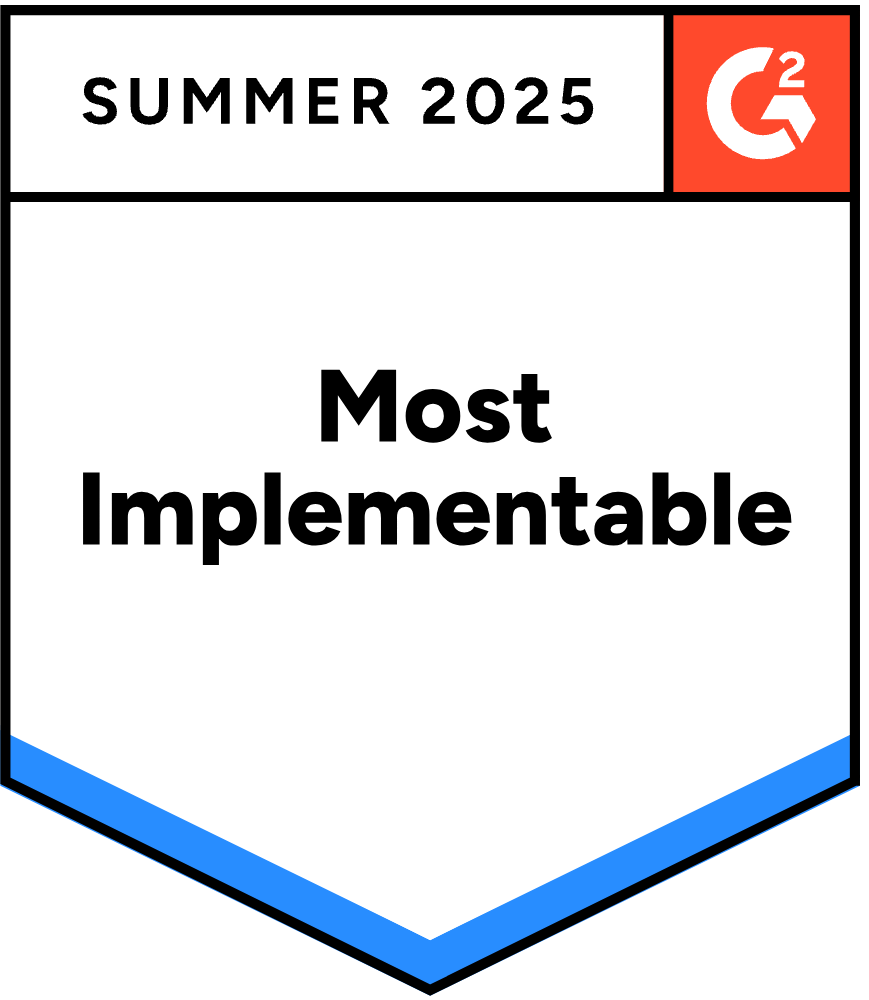According to Forrester, 2021 will bring a continued growth in focus on Customer Insights, with expanded reliance on Emotional Analytics. They predict that firms will increase their budgets for emotion analytics in the quest to gain a competitive advantage by understanding their customers’ behavior.
In the massive global research industry that tries to understand consumer behavior through feedback, this shift of resources into Emotional Analytics, or Emotion Measurement, is evidence that companies are realizing traditional sentiment analysis — providing insights from feedback on a scale of positive/negative/neutral — is limited in what it can reveal about the nuances of what customers are truly feeling.
So, while researchers agree that understanding the nuances of language is critical, one shortcoming is there hasn’t been a reasonable way to analyze it at scale. The traditional methods of collecting and analyzing responses are limiting the depth of insights companies are able to mine from. Customer feedback is largely unstructured written responses, and most natural language processing and ‘coding’ tools fail because they lack true emotional understanding of the responses. Additionally, language has gained a new and complex layer with the introduction of “internet language” full of ever-changing slang and emoticons. Sentiment analysis tools often aren’t capable of deciphering this of-the-moment language in open-ended responses, which means it has to be hand-coded, and takes a great deal of time. As a result, as much as 90% of customer feedback is wasted by brands.
By contrast, here at Canvs, the leader in customer insights, we offer a purpose-built way to interpret the emotion behind that open-ended text, and more importantly, reveal why looking at sentiment only is not an accurate way to measure emotion. The Canvs platform is the easiest way to instantly analyze open-ended responses, no matter where or how they’ve been collected, no matter how much shorthand, emojis, or slang the responders use to express themselves. And it offers a whole spectrum of emotions, far beyond simply positive or negative. Canvs identifies 42 core emotions that consumers use to identify how they are feeling or what motivates them to act. With 2 additional emotion frameworks, and AI trained on billions of social comments and survey open-ends to learn the various ways that people speak, no response is wasted.
As companies continue to shift resources to Emotional Analytics, the updates and technological advances that we are developing at Canvs to advance customer insights will become critical to truly understanding and meeting the needs of their consumers and remaining competitive.







